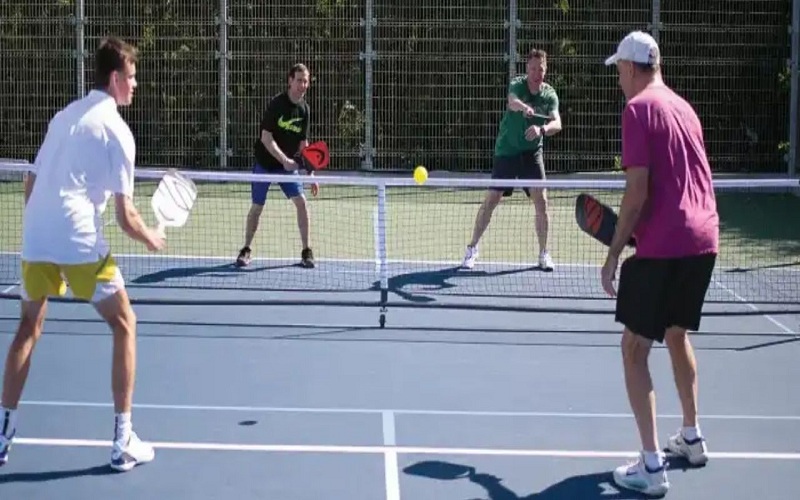Pickleball enthusiasts understand the importance of selecting the right court surface for optimal gameplay. Whether playing outdoors or indoors, the choice of surface can significantly influence the overall experience and performance. In this article, we explore the key differences between outdoor and indoor Pickleball court surfaces and considerations for making the best choice.
Introduction to Pickleball Court Surfaces
Read more: The Amazing Perks of Virtual Cycle Rides: Exploring the World from the Comfort of Your Home
Pickleball courts come in various surface types, each offering unique characteristics that cater to different playing environments and preferences. The two primary categories of Pickleball court surfaces are outdoor and indoor, each with its distinct features and considerations.
Understanding the Difference between Outdoor and Indoor Surfaces
Outdoor Pickleball court surfaces are designed to withstand exposure to the elements, including sunlight, rain, and temperature fluctuations. Indoor surfaces, on the other hand, are typically constructed within controlled environments and are not subject to outdoor weather conditions.
Outdoor Pickleball Court Surfaces
Outdoor Pickleball courts are commonly constructed using materials such as asphalt, concrete, or acrylic-based coatings. These surfaces are durable and resistant to weathering, making them suitable for outdoor use in various climates. However, outdoor surfaces may require regular maintenance to prevent cracks, fading, and surface irregularities.
Indoor Pickleball Court Surfaces
Indoor Pickleball courts are often surfaced with materials like hardwood, composite flooring, or cushioned vinyl. Indoor surfaces offer consistent playing conditions and better shock absorption, reducing the risk of impact-related injuries. However, indoor courts may require special ventilation systems to maintain air quality and prevent moisture buildup.
Factors to Consider When Choosing Between Outdoor and Indoor Surfaces
When deciding between outdoor and indoor Pickleball court surfaces, several factors come into play, including climate, budget, maintenance requirements, and player preferences. Outdoor surfaces may be more suitable for recreational facilities and community parks, while indoor surfaces are preferred for professional tournaments and indoor sports complexes.
Maintenance Requirements for Outdoor and Indoor Courts
Maintaining Pickleball court surfaces is essential for prolonging their lifespan and ensuring optimal playing conditions. Outdoor courts may require regular cleaning, resurfacing, and crack repairs, while indoor courts may need periodic refinishing and recoating to preserve surface integrity.
Cost Considerations for Installation and Maintenance
The cost of installing and maintaining Pickleball court surfaces varies depending on factors such as surface material, court size, location, and maintenance requirements. Outdoor surfaces may incur higher initial installation costs but lower long-term maintenance expenses compared to indoor surfaces.
Player Experience and Performance on Different Surfaces
The playing experience and performance on outdoor and indoor Pickleball court surfaces can vary based on factors like surface texture, traction, ball bounce, and environmental conditions. Players may adapt their playing style and strategies accordingly to optimize performance on different surfaces.
Conclusion: Making the Right Choice for Your Pickleball Court
In conclusion, choosing between outdoor and indoor Pickleball court surfaces depends on various factors, including intended use, budget, climate, and player preferences. Evaluating the pros and cons of each surface type can help you make an informed decision that enhances the overall playing experience.

